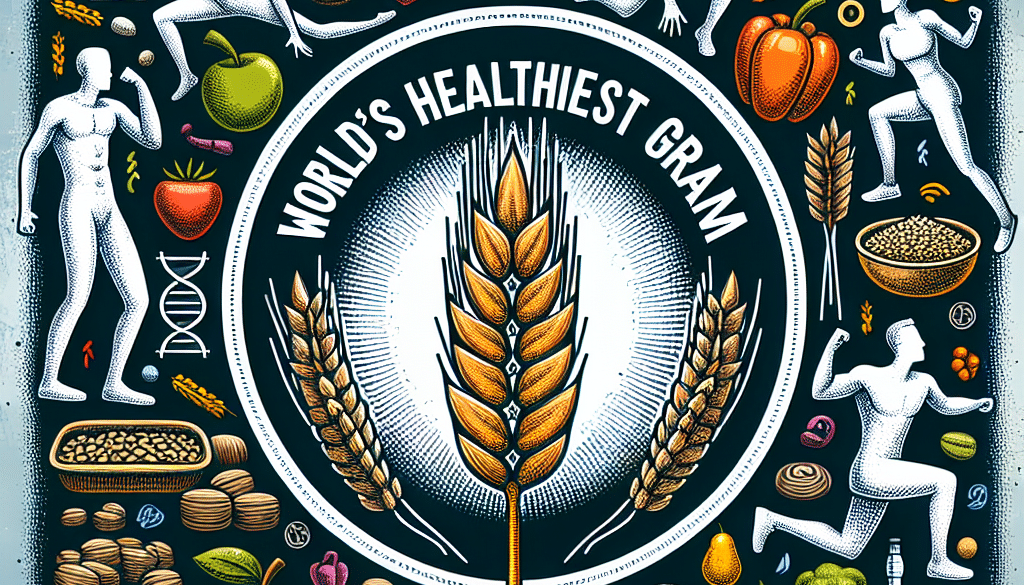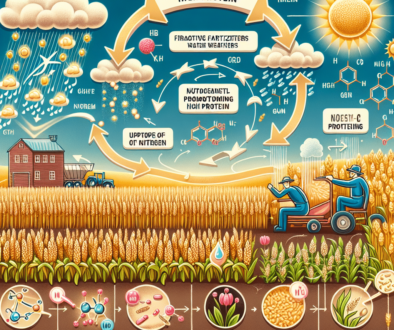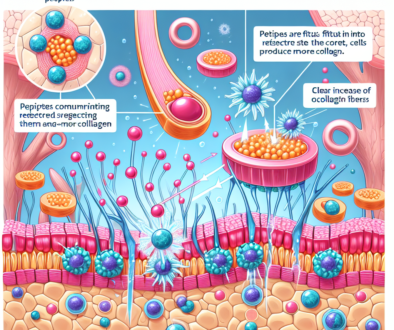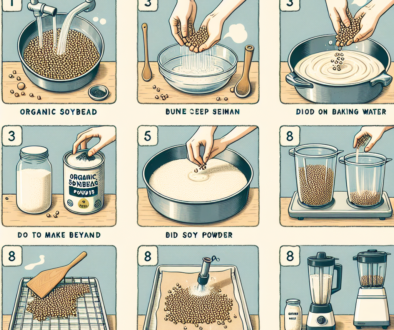What Is The Healthiest Grain In The World? Learn More
Table of Contents
- Discovering the Healthiest Grain in the World
- Understanding Whole Grains and Their Benefits
- Top Contenders for the Healthiest Grain
- Quinoa: The Andean Superfood
- Oats: The Heart-Healthy Choice
- Barley: The Fiber Powerhouse
- Teff: The Ethiopian Staple
- Amaranth: The Aztec Ancient Grain
- So, What Is the Healthiest Grain?
- Quinoa: A Nutritional Powerhouse
- Conclusion: Integrating the Healthiest Grain into Your Diet
- Enhance Your Diet with ETprotein’s High-Quality Protein Products
Discovering the Healthiest Grain in the World
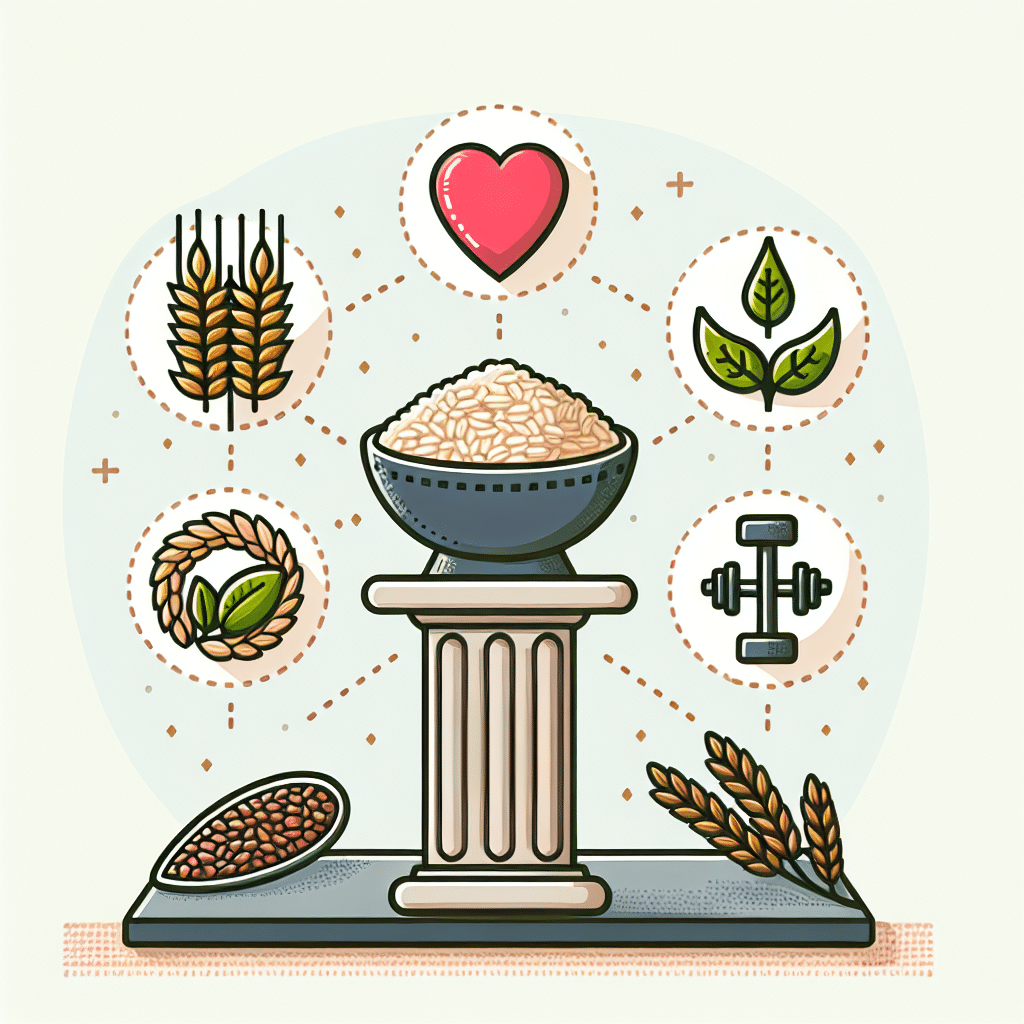
Grains are a staple in diets worldwide, providing essential nutrients, energy, and fiber. They come in various forms, from wheat and rice to quinoa and barley. However, amidst the plethora of grains available, one question often arises: What is the healthiest grain in the world? This article delves into the nutritional profiles of various grains to determine which one stands out as the healthiest choice for your diet.
Understanding Whole Grains and Their Benefits
Before identifying the healthiest grain, it’s crucial to understand what whole grains are and why they’re beneficial. Whole grains contain all three parts of the grain kernel: the bran, germ, and endosperm. This composition ensures that whole grains provide more fiber, vitamins, minerals, and other beneficial compounds compared to refined grains, which have had the bran and germ removed.
- Fiber: Aids in digestion and can help prevent heart disease and diabetes.
- Vitamins: B vitamins are abundant in whole grains and are vital for various metabolic processes.
- Minerals: Whole grains are a good source of essential minerals like iron, magnesium, and selenium.
- Antioxidants: Many whole grains contain antioxidants that help combat oxidative stress.
Top Contenders for the Healthiest Grain
Several grains are often cited as being particularly nutritious. Here’s a look at some of the top contenders:
Quinoa: The Andean Superfood
Quinoa has gained immense popularity as a superfood due to its high protein content and complete amino acid profile. It’s also gluten-free, making it a great option for those with celiac disease or gluten sensitivity. Quinoa is rich in fiber, magnesium, B vitamins, iron, potassium, calcium, phosphorus, vitamin E, and various beneficial antioxidants.
Oats: The Heart-Healthy Choice
Oats are well-known for their heart-healthy benefits, primarily due to a type of soluble fiber called beta-glucan, which can help lower cholesterol levels. They are also a good source of protein, magnesium, potassium, and omega-3 fatty acids.
Barley: The Fiber Powerhouse
Barley is another grain that’s high in beta-glucan fiber, which not only helps with cholesterol but also keeps blood sugar levels stable. It’s also packed with vitamins and minerals, including niacin (vitamin B3), which supports cardiovascular health.
Teff: The Ethiopian Staple
Teff is a tiny grain that’s a staple in Ethiopian cuisine. It’s high in protein, calcium, iron, and resistant starch, a type of fiber that can benefit blood sugar management and weight control.
Amaranth: The Aztec Ancient Grain
Amaranth was a staple food of the Aztecs and remains a native crop in Peru. It’s rich in protein, fiber, micronutrients, and lysine, an essential amino acid that’s often lacking in grains.
So, What Is the Healthiest Grain?
While each of the grains listed above has its own set of health benefits, one grain often rises to the top in discussions about the healthiest choice: quinoa.
Quinoa: A Nutritional Powerhouse
Quinoa’s unique nutritional profile makes it stand out among other grains. It’s one of the few plant foods that contain all nine essential amino acids, making it a complete protein source. This is particularly important for vegetarians and vegans who may struggle to get enough protein from plant-based sources.
Additionally, quinoa is:
- High in fiber, promoting digestive health and satiety.
- Rich in magnesium, which is crucial for muscle and nerve function, blood sugar control, and blood pressure regulation.
- A good source of iron, which is necessary for transporting oxygen in the blood.
- Loaded with antioxidants like quercetin and kaempferol, which have anti-inflammatory, antiviral, and anticancer effects.
Quinoa’s versatility in the kitchen also adds to its appeal. It can be used in salads, soups, as a side dish, or even as a breakfast cereal.
Conclusion: Integrating the Healthiest Grain into Your Diet
While quinoa may take the crown for the healthiest grain due to its complete protein profile and rich nutrient content, it’s important to remember that a varied diet is key to good health. Incorporating a range of whole grains into your meals can provide a wide spectrum of nutrients and health benefits.
Whether you choose quinoa, oats, barley, teff, or amaranth, each grain has unique properties that contribute to a balanced and nutritious diet. By focusing on whole grains over refined ones, you can ensure you’re getting the most out of your grain consumption.
Enhance Your Diet with ETprotein’s High-Quality Protein Products
If you’re looking to boost your protein intake with high-quality, plant-based options, consider ETprotein’s range of organic bulk vegan proteins. Their products, including organic rice protein and pea protein, are non-GMO, allergen-free, and feature a neutral taste, making them an excellent addition to any diet.
ETprotein’s offerings are not only beneficial for personal health but also support sustainable agriculture practices. By choosing ETprotein, you’re opting for environmentally friendly protein sources that can complement the healthiest grains in your diet.
About ETprotein:
ETprotein, a reputable protein and L-(+)-Ergothioneine (EGT) Chinese factory manufacturer and supplier, is renowned for producing, stocking, exporting, and delivering the highest quality organic bulk vegan proteins and L-(+)-Ergothioneine. They include Organic rice protein, clear rice protein, pea protein, clear pea protein, watermelon seed protein, pumpkin seed protein, sunflower seed protein, mung bean protein, peanut protein, and L-(+)-Ergothioneine EGT Pharmaceutical grade, L-(+)-Ergothioneine EGT food grade, L-(+)-Ergothioneine EGT cosmetic grade, L-(+)-Ergothioneine EGT reference grade and L-(+)-Ergothioneine EGT standard. Their offerings, characterized by a neutral taste, non-GMO, allergen-free attributes, with L-(+)-Ergothioneine purity over 98%, 99%, cater to a diverse range of industries. They serve nutraceutical, pharmaceutical, cosmeceutical, veterinary, as well as food and beverage finished product distributors, traders, and manufacturers across Europe, USA, Canada, Australia, Thailand, Japan, Korea, Brazil, and Chile, among others.
ETprotein specialization includes exporting and delivering tailor-made protein powder and finished nutritional supplements. Their extensive product range covers sectors like Food and Beverage, Sports Nutrition, Weight Management, Dietary Supplements, Health and Wellness Products, and Infant Formula, ensuring comprehensive solutions to meet all your protein needs.
As a trusted company by leading global food and beverage brands and Fortune 500 companies, ETprotein reinforces China’s reputation in the global arena. For more information or to sample their products, please contact them and email sales(at)ETprotein.com today.

